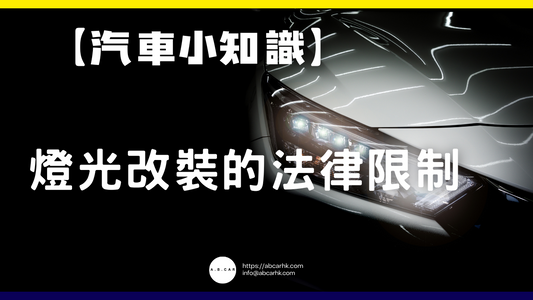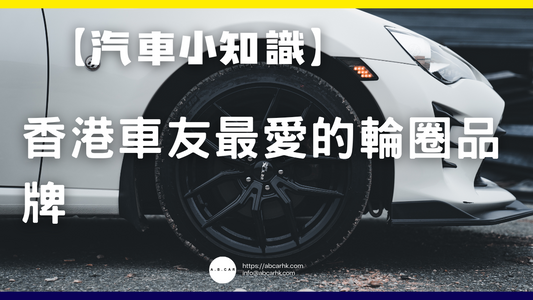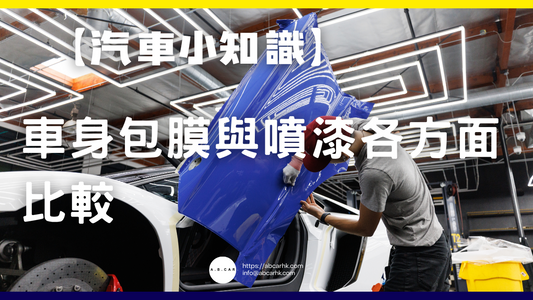[Food Tips] Why does Silk Stocking Milk Tea need to be “pulled”?

Why does Silk Stocking Milk Tea need to be "pulled"? ☕️✨
When it comes to authentic Hong Kong culinary culture, silk stocking milk tea is undoubtedly a staple. It's not just the soul of cha chaan teng (tea restaurants), but a flavor that's a part of Hong Kong people's daily lives. Many people know that silk stocking milk tea requires "pulling," but why exactly is it pulled? Today, we'll delve deeper into the process, revealing the technical, scientific, cultural, and often performative elements involved.
What is "Tea Pull"? 🙋
Pulled tea is more than its name suggests; it's a tea-making technique. The chef pours brewed black tea and evaporated milk back and forth between two teapots, repeatedly at a high distance, creating an arc of liquid in the air. This technique requires not only strength but also precise control of force and timing, otherwise the tea will splash all over the table.
The first time I saw a chef making tea, I felt like it was magic. The tea flew around, but it landed perfectly on the surface of the cup. It really takes years of experience to be able to do that.
The core function of tea pulling 🧪
1. Make tea and milk blend better
To achieve smooth silk stocking milk tea, you need more than just stirring. During the pulling process, the tea flows rapidly, allowing the bitterness of the black tea and the smoothness of the evaporated milk to blend seamlessly. This action is like "breaking and then blending" the two flavors, resulting in an evenly fragrant and rich sip, without a bitter and milky taste.
2. Help cool down the tea
Freshly brewed tea is very hot. Adding ice or drinking it directly will make the flavor bland or scalding. Pulled tea is made by pouring the tea high up and then letting it flow down. As it comes into contact with air, it naturally dissipates heat, causing the temperature to drop quickly, making it just right for immediate drinking.
3. Stimulate tea aroma
As the tea is exposed to air, it comes into contact with more oxygen, releasing its aroma. This is why you'll notice a particularly rich, layered flavor in a cup of silk stocking milk tea. I believe this step is the biggest difference between silk stocking milk tea and regular milk tea.
4. Enhance viewing experience
The older generation of tea stall masters pull their tea with such speed and precision that it's like a performance. For customers, drinking milk tea is not just a taste experience, but also a visual one. I often feel like I can already smell the aroma while watching the chef pull the tea, and anticipation builds before I even take a sip.
Why are they called "stockings"? 🧦
By the way, I would like to share a little knowledge with you: the reason why silk stocking milk tea is called "silk stocking" is not because silk stockings are actually used, but because the tea bag used to make the tea is made of fine fabric. After long-term use, the color becomes darker and looks like silk stockings, hence this interesting name.
Editor's summary 🎤
The reason why stocking milk tea needs to be "pulled" is actually very simple yet profound:
- To be smooth: blend tea and milk
- Drink it right: Cool down quickly
- To be fragrant: to stimulate the tea flavor
- Main type: performance culture
Pulled teh is more than just a skill; it's a hallmark of Hong Kong's culinary culture. Behind every cup of silk stocking milk tea is the master's years of practice and dedication. I believe that sipping silk stocking milk tea is more than just drinking tea; it's sipping a taste of Hong Kong, a touch of the human touch that belongs to tea restaurants and dai pai dongs.



